Editor's note: Associate Professor, Dr. Hoang Trong Canh (Faculty of Philology - Vinh University) has done many research works on regional dialects across the country, especially from Nghe Tinh. Ha Tinh Newspaper would like to introduce a conversation with him.
Associate Professor, Dr. Hoang Trong Canh.
PV: Could you please give us some general information about the cultural characteristics, behavior, personality and residential areas shown through the differences in forms of address between regions, especially Nghe Tinh?
Associate Professor, Dr. Hoang Trong Canh: Although all dialect regions use the same elements of address, the level of use, expressive nuances, and behavioral attitudes are not the same. This is shown first of all in the use of the word "con" in addressing. In the family, relatives on both the paternal and maternal sides in Nghe Tinh, people often call "grandchild" and "great-grandchild" as "con". Therefore, we will often encounter different roles but with the same way of addressing: co (grandfather) (and brothers and sisters in the same position as "cu") - con, o ong (grandfather), ba (grandfather) (and people in the paternal and maternal families on the same position as "cu") - con, ub (grandfather), aunt (aunt), o (aunt), aunt, duong - con. This way of addressing is not correct in role, or in other words, the correct way of addressing according to role of Nghe Tinh people is often not as thorough and frequent as that of Northern people. Even when their children are grown up or have families, in communication situations that require formality and diplomacy, Nghe people still call their children and grandchildren “con” instead of “anh” or “chi” like the Northerners. If you are “called” “anh” or “chi”, that person will naturally feel that he or she is being treated coldly, politely, and diplomatically like an outsider.
Normally, Nghe people do not use the pronoun "toi" (with a neutral nuance) to address their children and grandchildren, even when they are grown up. In Nghe Tinh dialect, "tui" is a phonetic variant word, corresponding to "toi". But in the way Nghe Tinh people use it as well as the expressive nuance of the word, "tui" is very different from "toi". Children can use "tui" to address their fathers, mothers, grandparents and older people with an expressive nuance that is not as neutral as "toi". For Nghe Tinh people, using "tui" is humble and intimate, while using "toi" when addressing older people is somewhat insolent and rude.
If Northern people use “toi” to address their children (who are grown up) as normal, polite, and respectful, on the contrary, Nghe Tinh people consider it lacking in affection and being distant. Southern people also use “tui” to address themselves like Nghe Tinh people, creating a rustic, simple nuance, the listener will feel more intimate and closer than “toi”. But Southern people often use “tui” to talk to people of equal or younger age, and do not use it to address parents or the elderly like Nghe people.
If we talk more broadly about forms of address, we have to talk about words (sentences), greetings (sentence components, complete or incomplete (abrupt), accompanying modal elements, accompanying idioms to make it flexible...). Nghe Tinh also has its own characteristics. Sometimes it is so simple that it is abrupt, different from the North and the South (Northerners say: "I greet my father, I greet my grandfather"; Southerners say: "I greet my teacher, I greet my brother"... but Nghe people only say: "hello father", "hello teacher", "hello grandfather"...) - this feature should be learned from Northerners and Southerners.
Language is used richly in life.
PV: Can you tell us more about the unique features in the culture of calling in Nghe Tinh dialect that are different from other regions?
Associate Professor, Dr. Hoang Trong Canh: A unique feature of the traditional culture of addressing in the family (as well as in society) is clearly shown in the Nghe Tinh dialect: Nghe people often use gender elements (boy/girl). This is shown in the use of the elements cu, di (whore) in addressing in common communication. When having children, the parents' names are often replaced by the name of the first-born child, but in the past, in Nghe Tinh, the names of parents had the additional element cu or di.
Specifically, if a couple gives birth to a son as their first child, from then on the child's father and mother will be called by the first child's name and have the element cu before the given name (cu Lan, cu Hoa)...; if they give birth to a daughter as their first child, the parents will also be called by the daughter's name and have the element di before: di Lan, di Hoa...
Such a way of calling shows that the idea of gender discrimination (male, female) is deeply ingrained in the consciousness and behavior of Nghe people. In many rural areas, married women are no longer called by their given names before marriage but by their husband's name (for example, the husband's name is Hoa, so the wife is also called by everyone as a (sister), mu (aunt)... Hoa).
Attitudes and behaviors that reflect attitudes about gender, male - female as well as paternal - maternal are also clearly shown in the way of calling the names of the parents' siblings. In the North, a son born before the father is called "bac", born after is called "chu", a girl born before the father is called "bac", born after is called "co". On the mother's side, a son born before the mother is called "bac", born after is called "cu", a girl born before the mother is called "bac", born after is called "duc". In Nghe Tinh, if a boy is born before/after the father, he is called like in the North, but if a girl is born before or after the mother, she is called "o". On the mother's side, unlike in the North, if a boy is born before or after the mother, he is called "cu" (uncle), if a girl is born before or after the mother, she is called "duc".
Thus, we see that Northern people are always aware of and promote the element of seniority, superiority and inferiority; the superiors are always respected, without distinction between male and female, paternal or maternal. Gender distinction is only made in the lower ranks with those born after the father or mother. The lack of distinction between paternal or maternal feelings for Northern people is also shown in the fact that the husband of the father's older sister and the husband of the mother's older sister are both called uncle like calling the father's older brother; the husband of the aunt and the husband of the aunt are both called uncle like calling the father's younger brother. Meanwhile, for Nghe Tinh people, the husband of the aunt (born before or after the father) or the aunt (born before or after the mother) is both called uncle.
Obviously, the concepts, feelings, and attitudes of Nghe Tinh people in terms of gender as well as with their relatives are different from those of the Northern people.
The way of addressing people in Nghe Tinh dialect has quite strong local nuances. (Illustration photo).
PV: So how is the social form of address in Nghe Tinh dialect, sir?
Associate Professor, Dr. Hoang Trong Canh : The most obvious difference compared to other dialects is the rich number of social titles in Nghe Tinh dialect. Together with elements of the national language and with different combinations, Nghe Tinh dialect has created a system of titles that is both rich and unique.
Here we can list the words used in addressing others in Nghe Tinh society such as: tui, tau, choa, mieng, menh, ni, dang ni, bay choa, dan tui, bi choa, nau tui, nau choa, mi choa, nau ni, bung ni, bang choa, hang tau, hang toi, nha toi, nha choa, nha meng, chung tui, chung tau, chung choa, chung mieng, chung menh, quan choa, quan tau... (used to refer to the first person, singular and plural). The words: may, mi, nghi, ôông, ung, cu, di, bát, enh, êênh, a, mu, co, co-cát, ôông-chát, bà-chát, êênh-chát, a bà-chát, êênh-chát, a cô, êênh-chau, ôông-chau, bà-chau, ôông-cu, bà-cu, êênh-cu, a cu, a ê-di, ê-nh-di, ôông-di, bà-di, bà-hoe, ê-nh-hoe, ôông-hoe, a hoe, a nhieu, ê-nh-nh-nh, ê-nh-hoc, a hoc, a nho, me-nh-nh-nh... (used to refer to the second person singular). The words: bay, ngay, bang-by, hang-by, nau-by, hang-mi, chu-mi, hang-may, hang-may, nau-may, quan bay, cac-ng, cac-ho... (used to refer to the second person plural). The words: "han", "nghi", "ong nu" (nơ), "ba nu" (nơ), "mu nu" (nơ), "mê nơ" (nơ), "o nơ" (nơ), "ạ nơ" (nơ), "êênh nơ" (nơ), "cờ nơ" (nơ), "cu nơ", "di nơ", "hoc nơ"... (used to refer to the third person, singular). The words: "they", "thung" (them), "chung hung", "the hung", "nau hung", "thang hung", "quan nơ" (used to refer to the third person, plural).
With such a rich number of terms of address, the expressive nuances of the words in the address are also subtly distinguished. In particular, the number of words used in non-ceremonial communication accounts for a high proportion, therefore, the social address in Nghe Tinh dialect has quite strong local nuances. There are rustic, rough ways of calling, and there are respectful, ritualistic ways of calling with high cultural significance. Such ways of calling are not only widely used in daily communication but are also naturally used in folk poetry.
The mark of a habit of addressing people that pays much attention to gender factors, emphasizes continuity, emphasizes large families with many generations and close relationships between generations in the family, maintains traditional elements in addressing people - these are unique cultural nuances in communication of Nghe An people in the Vietnamese community.
PV: Thank you!
Minghui
(perform)
Source


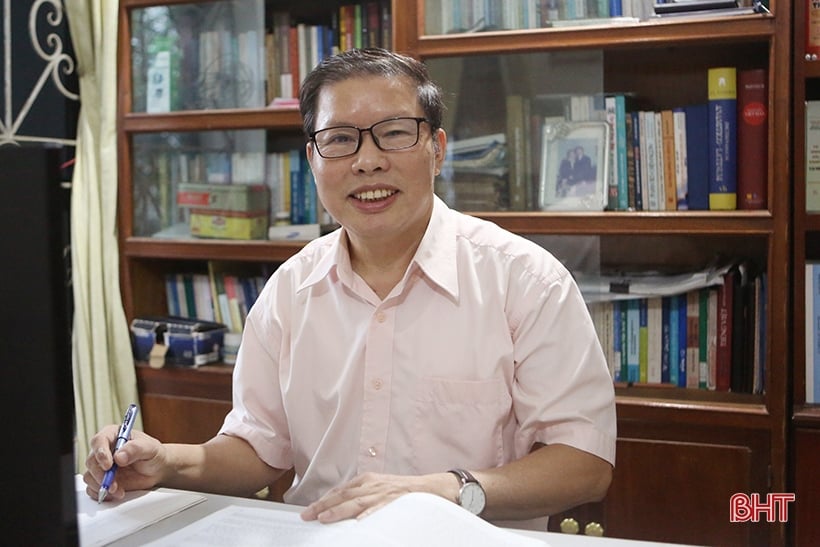
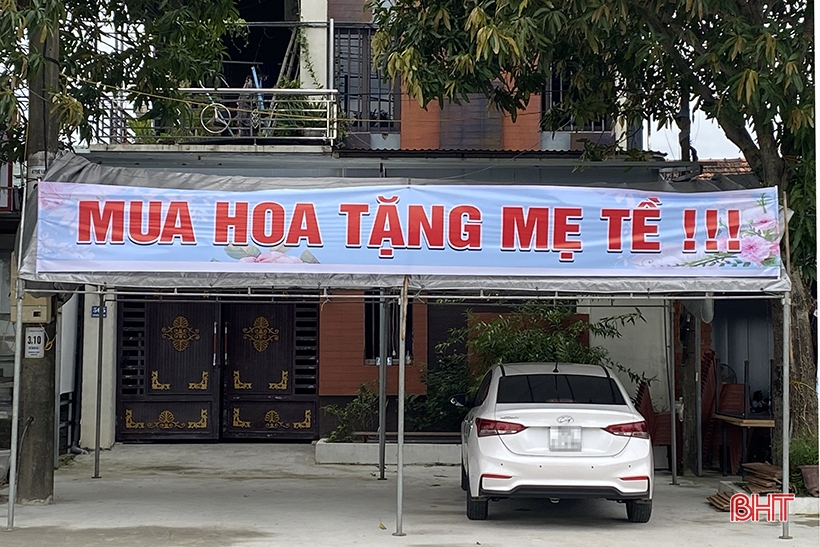
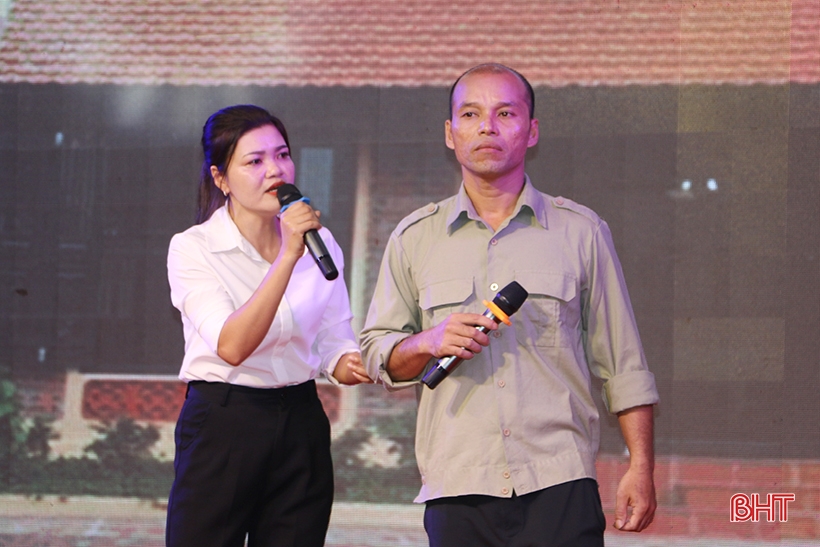



![[Photo] Hanoi morning of October 1: Prolonged flooding, people wade to work](https://vphoto.vietnam.vn/thumb/1200x675/vietnam/resource/IMAGE/2025/10/1/189be28938e3493fa26b2938efa2059e)


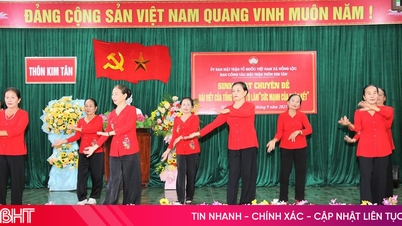








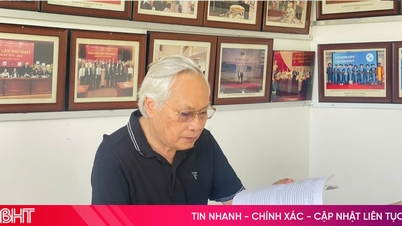


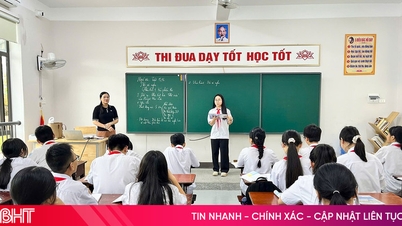





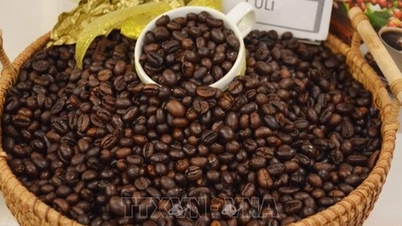



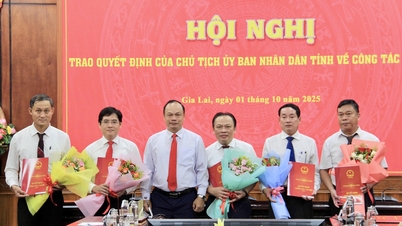
![[Photo] The 1st Congress of Phu Tho Provincial Party Committee, term 2025-2030](https://vphoto.vietnam.vn/thumb/1200x675/vietnam/resource/IMAGE/2025/9/30/1507da06216649bba8a1ce6251816820)
![[Photo] Panorama of the cable-stayed bridge, the final bottleneck of the Ben Luc-Long Thanh expressway](https://vphoto.vietnam.vn/thumb/1200x675/vietnam/resource/IMAGE/2025/9/30/391fdf21025541d6b2f092e49a17243f)
![[Photo] President Luong Cuong receives President of the Cuban National Assembly Esteban Lazo Hernandez](https://vphoto.vietnam.vn/thumb/1200x675/vietnam/resource/IMAGE/2025/9/30/4d38932911c24f6ea1936252bd5427fa)






















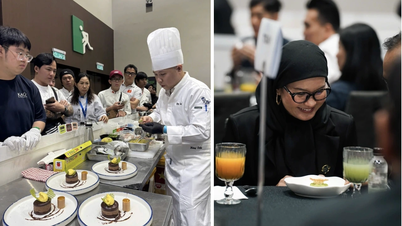

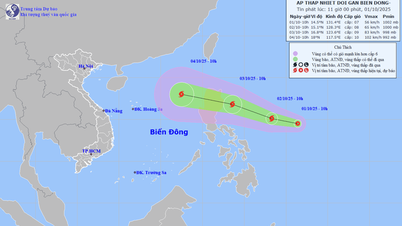
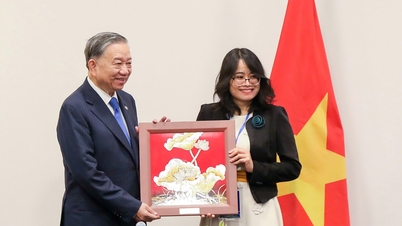

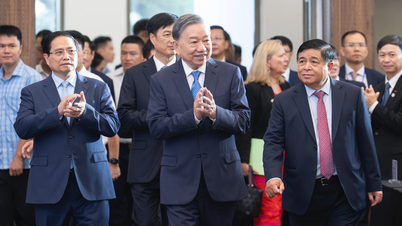










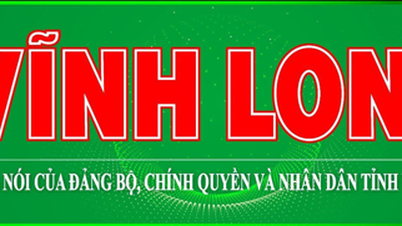



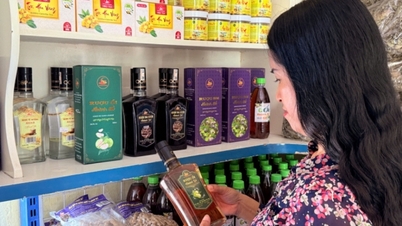

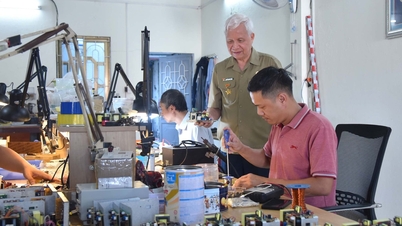















Comment (0)